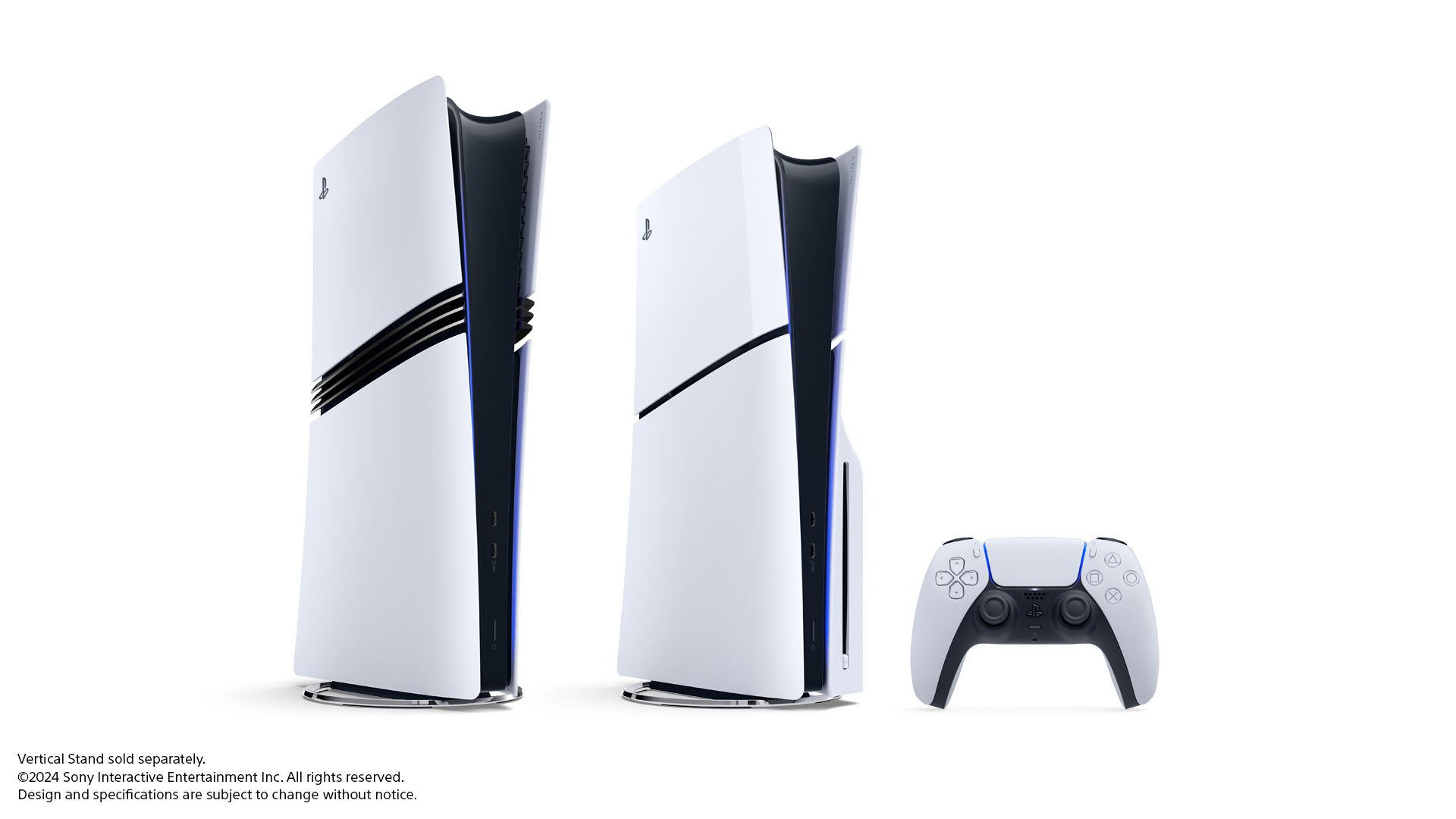
Sony and AMD have been collaborating to enhance their gaming technologies for a while, and a key outcome of this partnership is PlayStation Spectral Super Resolution (PSSR), which will be updated next month. AMD has also benefited by receiving training data from Sony to improve its FidelityFX Super Resolution (FSR) technology. This joint effort, known as Project Amethyst, is expected to have a significant impact on future PlayStation consoles.
It’s not surprising to see this partnership, considering Sony and AMD have collaborated on technology for over a decade. They first worked together on the PlayStation 4, released in 2013, and have continued to closely collaborate on subsequent consoles like the PlayStation 5 and PS5 Pro.
Sony and AMD have recently shared more specifics about their collaborative projects, building on details already known. In a new video, key leaders from both companies – Mark Cerny from PlayStation and Jack Huynh from AMD – unveiled three new technologies they’ve jointly developed: Neural Arrays, Radiance Cores, and Universal Compression. Sony plans to use these in future consoles, while AMD aims to implement them across all gaming platforms. Although these technologies are still a few years away from being fully realized, they’re expected to significantly influence the future of gaming hardware, and some related software improvements might even appear in today’s consoles.

These new technologies are still under development and aren’t ready for release yet. Sony and AMD are currently using detailed simulations to test how well they perform before investing in the actual hardware. The fact that these companies are publicly discussing these technologies suggests the simulation results are encouraging, as they usually don’t promote ideas that will never become real products.
Neural Arrays – Smarter, Scalable AI Engines
The first key technology is the Neural Array, which dramatically changes how GPUs handle artificial intelligence tasks. Traditionally, GPUs are built with many small processing units, requiring data to be split into smaller pieces for each unit to work on separately. Neural Arrays aim to solve this by allowing multiple processing units to collaborate on larger, more complex problems as a team, rather than working independently.
Although it may seem complex, technologies like FSR and PSSR, which enhance image resolution, rely on artificial intelligence and machine learning. Neural Arrays would significantly improve these kinds of image upscaling tools, and also boost features like frame generation, resulting in both faster performance and better image quality. Sony and AMD are already exploring Neural Array simulations to enhance their image upscaling and noise reduction capabilities. Importantly, Neural Arrays would also reduce the processing burden on GPUs for AI tasks, freeing up more power for things like rendering graphics and running shader code.
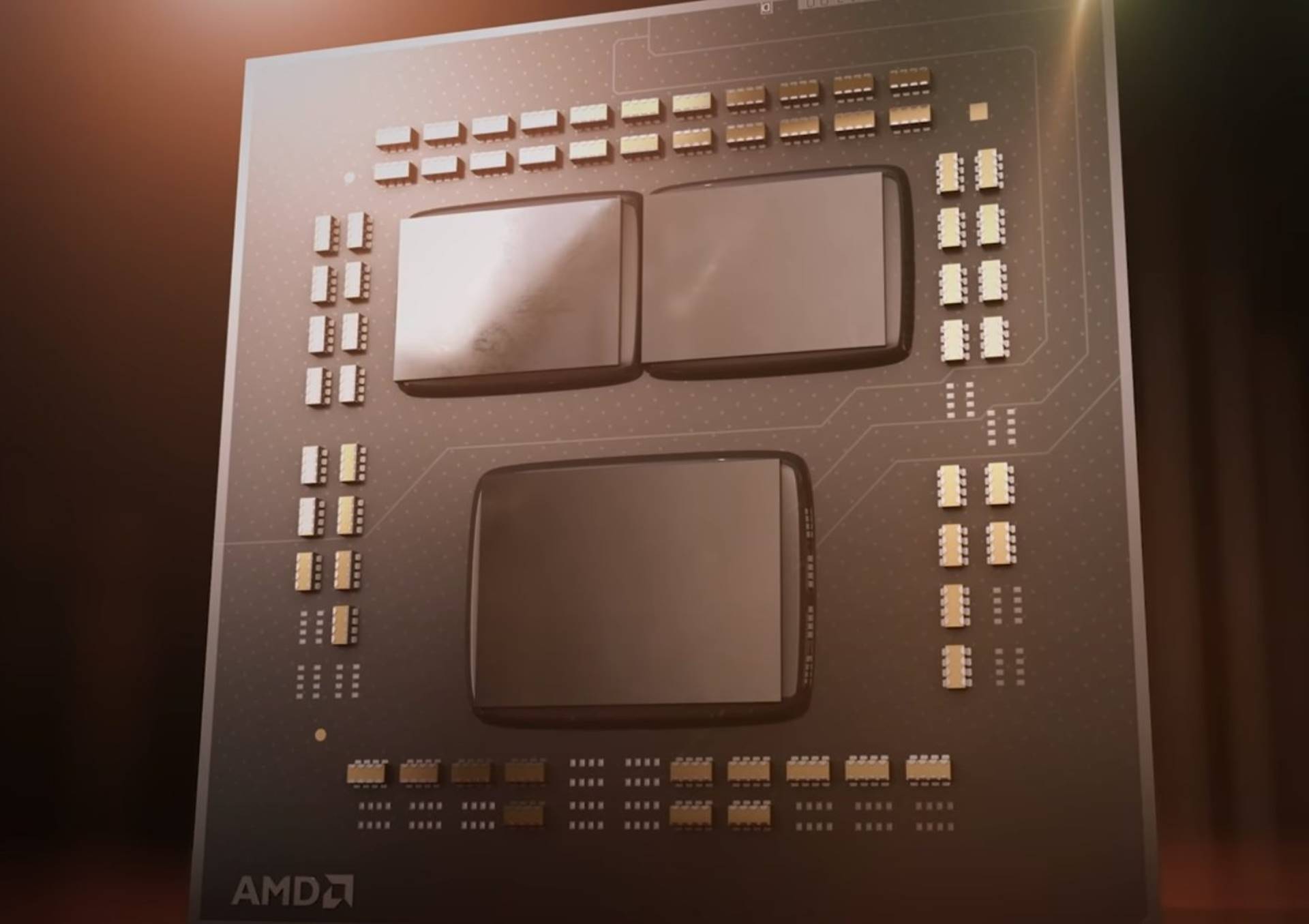
Although designed with future consoles in mind, the new Neural Array technology could also improve the performance of existing PS5 and PS5 Pro consoles. Because it focuses on software optimization and how games are built, Sony could potentially release updates to bring some of these benefits to current systems. At the same time, they can continue developing deeper machine learning integration for the PS6.
Radiance Cores – Dedicated Hardware for Ray Tracing
Traditionally, both PlayStation consoles and gaming PCs with AMD graphics cards have used general processing units to handle ray tracing. This meant those units had to juggle ray tracing’s complex calculations with other graphics tasks. To improve performance, Sony and AMD have collaborated on specialized hardware that takes over those complex calculations, freeing up the graphics card to focus on rendering images.
The new hardware, called Radiance Core, is built to specifically manage the complex calculations needed for real-time ray tracing in games. This includes demanding tasks like path tracing and ray traversal, which usually put a heavy load on graphics cards. The technology is based on AMD’s Neural Radiance Caching, first shown earlier this year.
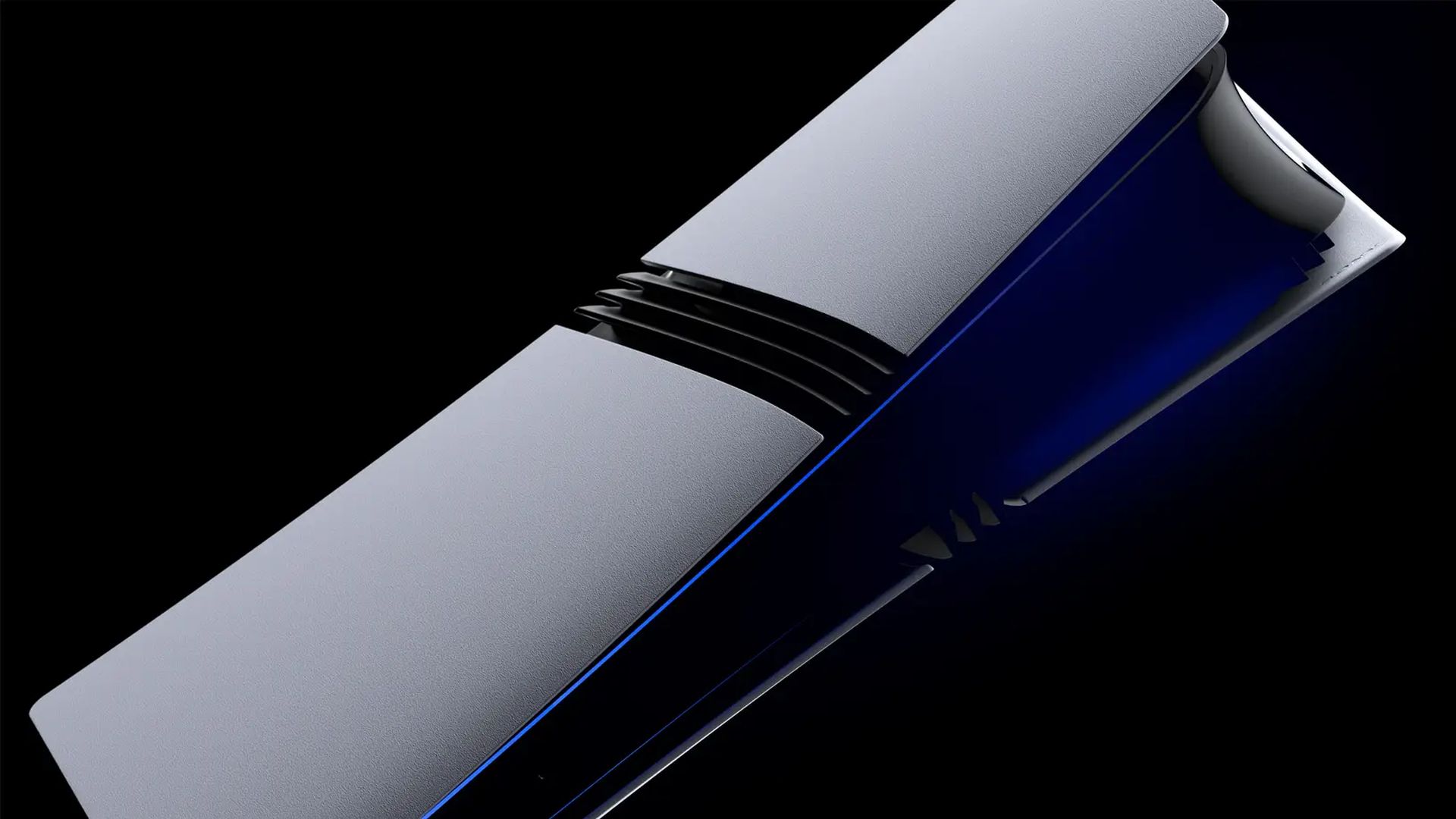
Although it may not seem like a huge leap forward by itself, reducing the workload on the GPU’s processing units will significantly improve the potential for more detailed and immersive graphics and game worlds. By freeing up these units from handling ray tracing, they can focus on more complex visual effects and maintain smoother performance. This technology could eventually allow consoles like the PS6 to deliver 4K resolution with high frame rates and realistic ray-traced lighting.
The PS5 and the anticipated PS5 Pro probably won’t directly benefit from this new technology, called Radiance Core, as it’s a fundamental hardware change. However, some games that are released on both current and next-generation consoles might still look better. Developers can study how ray tracing appears on the newer hardware and then create similar lighting effects on older consoles using traditional rendering methods, giving those games a visual improvement.
Universal Compression – A New Solution to Memory Bandwidth
A major challenge for modern graphics cards, like those in the PlayStation 5 and PS5 Pro, is the speed at which data can move to the processor. The faster data flows, the more the GPU can process. Sony addresses this by using Delta Color Compression (DCC), a technology that compresses data traveling to the GPU’s memory, allowing more data to be transmitted. However, DCC primarily works with things like textures and has limitations. To overcome these, Sony and AMD are developing a new, more versatile technology called Universal Compression.
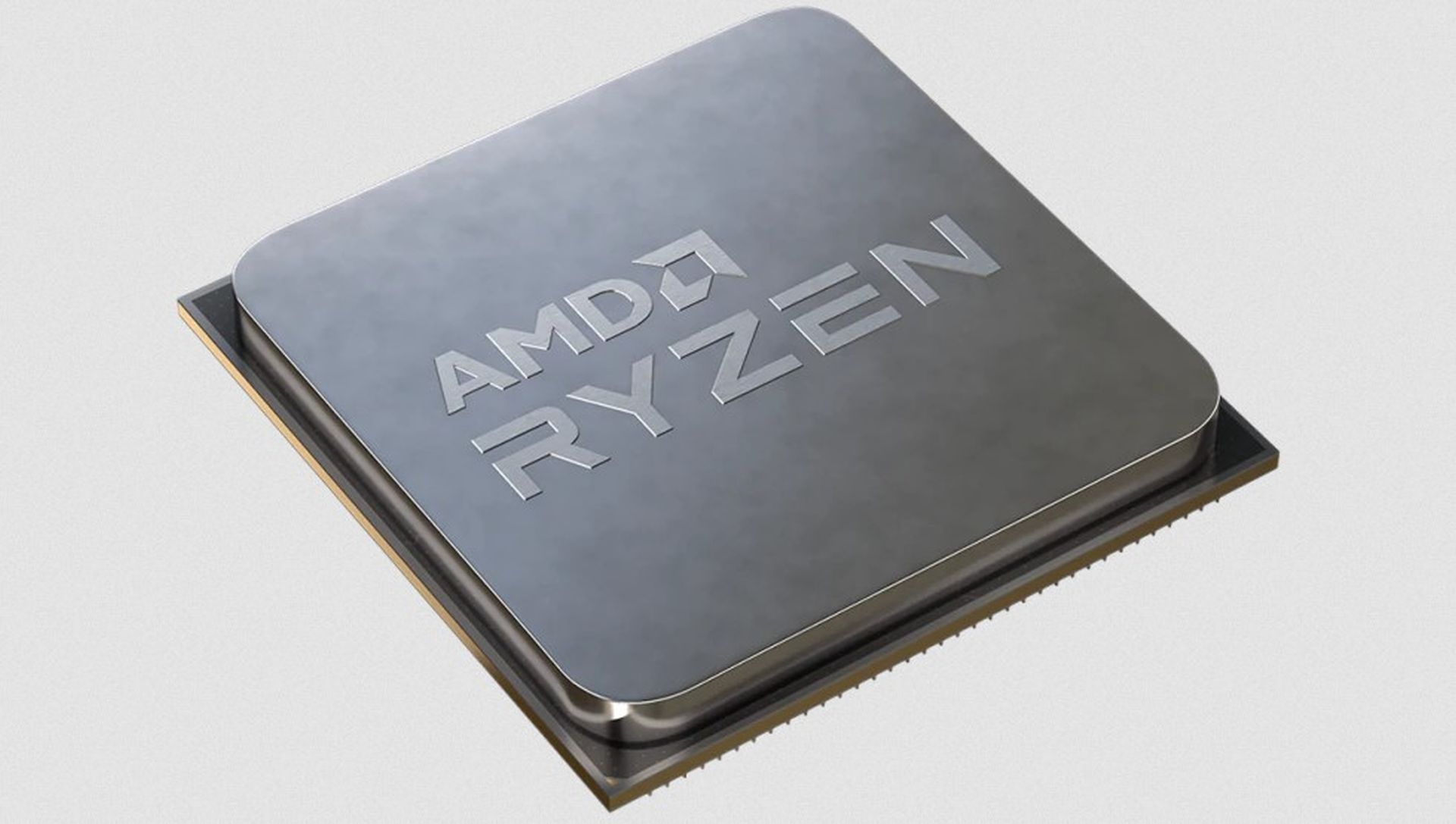
As a tech enthusiast, I’m really impressed with Universal Compression! Basically, it checks and shrinks data *before* it even gets to your computer’s memory. This means your CPU and GPU can handle way more information at once, letting you work with bigger and more complex files. It’s not the flashiest tech out there – something like Radiance Core grabs more headlines – but it’s a super important building block for future hardware improvements. It quietly makes everything run smoother!
As a gamer, I’m really excited about Universal Compression! From what I understand, it could make games look significantly better and run much smoother, because the console can handle more detailed textures faster. It even opens the door to things like playing in 8K with good frame rates! When you combine that with upscaling tech like FSR or PSSR, it’s a huge boost to the console’s power and efficiency, letting developers really polish up those upscaled images and even use AI to create extra frames. The best part? Because a lot of this happens with software, it sounds like even current PS5s and the upcoming PS5 Pro could benefit, giving us visuals that are beyond what the consoles can currently do.
How They Can Work Together
These new technologies are all potentially revolutionary, particularly for skilled developers. Combining technologies like Universal Compression and Neural Arrays could significantly boost performance, allowing computers to process and transfer much larger amounts of data at once, even with limited memory. Add Radiance Core to the mix, and you get incredibly realistic ray tracing in games without a major hit to frame rates or visual quality.

These new technologies are essentially building blocks for the PlayStation 6’s graphics hardware. Each one addresses a key goal for Sony’s gaming systems: Neural Arrays and Universal Compression boost efficiency and performance, and Radiance Core enhances visual quality with more realistic lighting through path tracing—all without significantly compromising performance.
These technologies will likely be crucial for Sony’s future hardware development. By building a GPU around them, Sony could reduce the number of processing cores needed for demanding tasks like machine learning, neural networks, and ray tracing. This would result in a more efficient console that uses less power and runs cooler, avoiding performance slowdowns caused by overheating – a problem known as thermal throttling.
Long-Term Plans
None of these three technologies are quite ready for consumers yet. Both researchers, Cerny and Huynh, emphasized that they’re still in the simulation phase of development. However, their initial simulation results look very encouraging. While current consoles won’t be able to take advantage of these improvements, it’s likely we’ll see them in the next generation, possibly with the PS6.
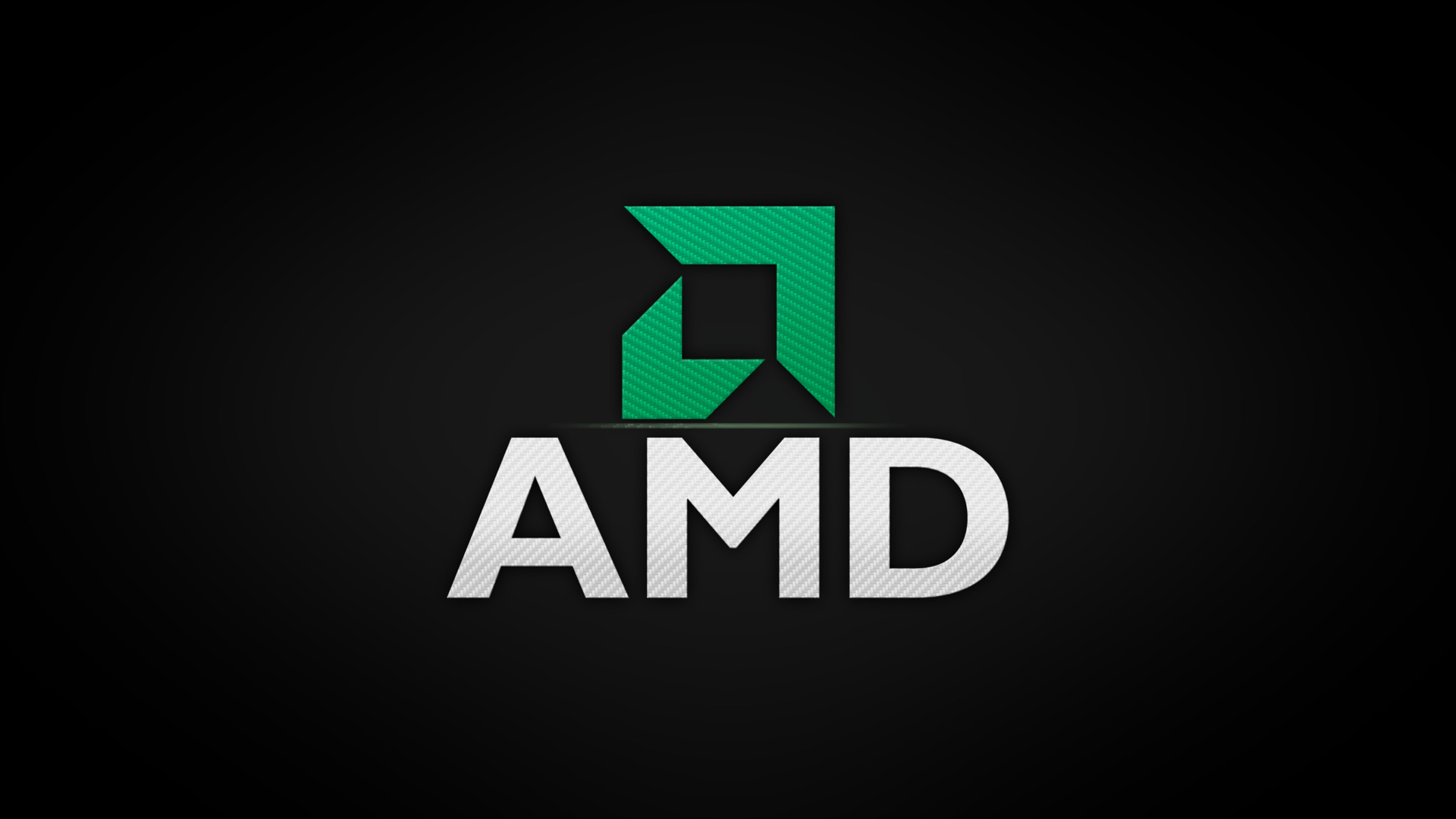
After this new technology is released, we’ll likely see some of its improvements applied to older gaming systems. While the PS5 and PS5 Pro won’t be able to run games in 8K, we can anticipate features like lighting effects—originally designed for the PS6 using ray tracing—being adapted for older consoles. Improvements in technologies like FSR and whatever the PS6 uses will probably also enhance the graphics on the PS5, making games look significantly better.
Closing Thoughts
It’s becoming increasingly clear that simply adding more processing power isn’t dramatically improving graphics like it used to. The visual difference between games on the PS4 and PS5 wasn’t as significant as the jump from the PS2 to the PS3. Despite this, graphics are still getting better thanks to more intelligent use of existing technology. These three new technologies demonstrate how Sony and AMD are working towards this goal.
Read More
- The Most Jaw-Dropping Pop Culture Moments of 2025 Revealed
- Ashes of Creation Rogue Guide for Beginners
- ARC Raiders – All NEW Quest Locations & How to Complete Them in Cold Snap
- Best Controller Settings for ARC Raiders
- Where Winds Meet: How To Defeat Shadow Puppeteer (Boss Guide)
- Where Winds Meet: Best Weapon Combinations
- Ashes of Creation Mage Guide for Beginners
- Hazbin Hotel season 3 release date speculation and latest news
- My Hero Academia Reveals Aftermath Of Final Battle & Deku’s New Look
- Bitcoin’s Wild Ride: Yen’s Surprise Twist 🌪️💰
2025-10-12 12:15